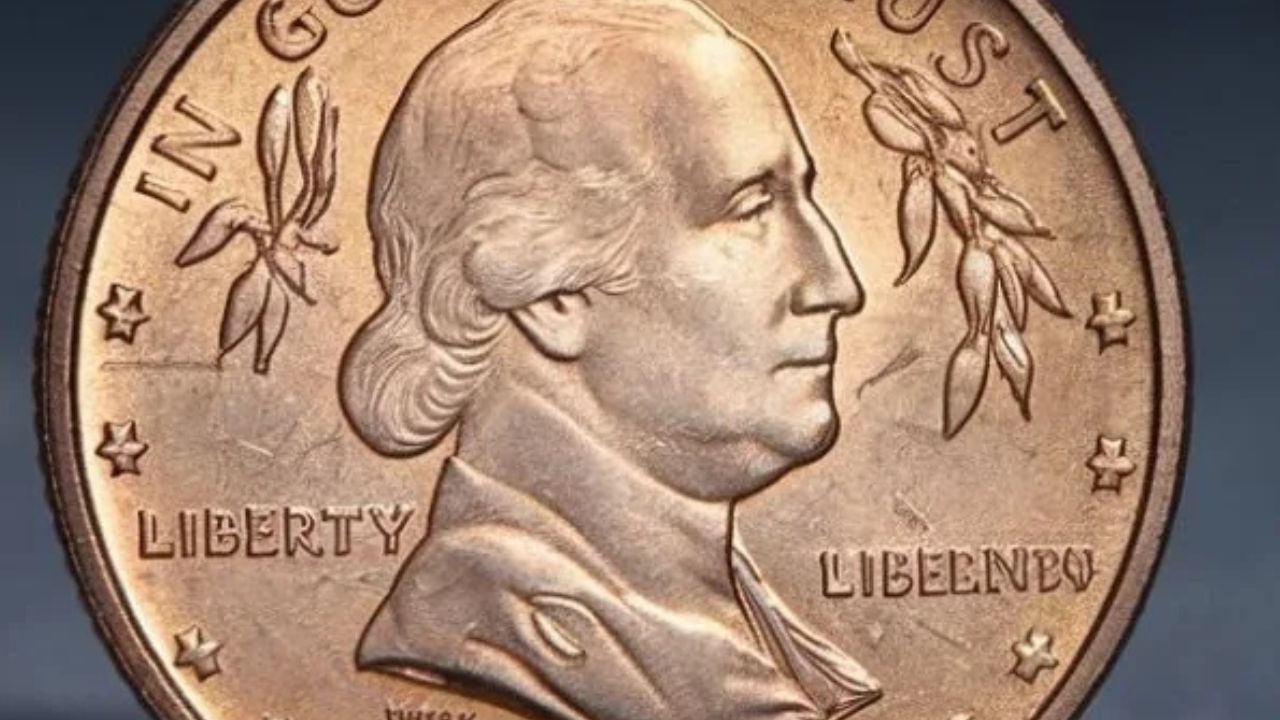Could that old penny hiding in your drawer be worth a fortune? The rare 1944 Lincoln Wheat Penny with no mint mark is a collector’s dream—and it might be sitting right under your nose. Let’s explore what makes this coin so unique, why collectors are chasing it, and how you can spot one yourself.
What Is a Wheat Penny?
If you’ve ever rummaged through old coins, you’ve probably come across a Lincoln Wheat Penny. Minted between 1909 and 1958, this penny features President Abraham Lincoln’s profile on the front and two wheat stalks on the back, giving it its nickname. While most Wheat Pennies are only worth a bit more than their face value, some rare versions, like the 1944 no mint mark penny, are worth thousands—even hundreds of thousands of dollars.
Why Is the 1944 No Mint Mark Penny So Rare?
A Wartime Metal Switch
During World War II, copper was in high demand for ammunition and military supplies. In 1943, the U.S. Mint temporarily replaced copper pennies with steel ones coated in zinc. These steel pennies have a distinctive silver-gray color.
The 1944 Mix-Up
In 1944, the Mint returned to using copper, mostly recycled from shell casings. But a few leftover steel blanks from 1943 accidentally got stamped with the 1944 date. This minting error created the rare 1944 steel penny—especially those without a mint mark.
The Mystery of No Mint Mark
Most pennies carry a small letter indicating the mint where they were made: “D” for Denver, “S” for San Francisco. However, pennies from the Philadelphia Mint typically have no mint mark. The rare 1944 steel pennies with no mint mark are believed to have come from Philadelphia, making them extremely scarce and valuable.
Key Facts About the 1944 No Mint Mark Wheat Penny
| Feature | Details |
|---|---|
| Coin Type | Lincoln Wheat Penny |
| Year | 1944 |
| Mint Mark | None (Philadelphia) |
| Metal | Steel (error coin) |
| Normal Metal | Copper from recycled shell casings |
| Estimated Number Known | Fewer than 30 |
| Weight | ~2.7 grams (steel), ~3.11 grams (copper) |
| Color | Silver-gray if steel, reddish-brown if copper |
| Estimated Value | $30,000–$100,000+ depending on condition |
| Collector Demand | Extremely High |
How to Spot the Rare 1944 No Mint Mark Penny
If you have a 1944 penny, here’s how to tell if it might be the rare steel version:
- Date Check: Confirm the date reads “1944” beneath Lincoln’s portrait.
- Mint Mark: Look for the absence of a mint mark—no “D” or “S.” That means it’s from Philadelphia.
- Color Test: Copper pennies are reddish-brown, while steel pennies are silver-gray.
- Magnet Test: Use a magnet—steel pennies will stick, copper ones won’t.
- Weight Check: Steel pennies weigh about 2.7 grams; copper pennies weigh around 3.11 grams. A digital scale can help.
What to Do If You Think You Found One
Finding a coin this rare is exciting, but handling it correctly is crucial to preserving its value:
- Handle Carefully: Touch only the edges to avoid fingerprints or scratches.
- Do Not Clean: Cleaning can damage the coin and reduce its value.
- Store Properly: Keep it in a soft cloth or a proper coin holder—not in pockets or plastic bags.
- Get It Authenticated: Have the coin graded by professional services like PCGS or NGC for verification and appraisal.
- Research Market Value: Check recent sales and consult trusted coin dealers to understand its worth.
Final Thoughts
The 1944 Wheat Penny with no mint mark is far more than just pocket change. It’s one of the rarest and most sought-after error coins in U.S. history, born from a wartime mistake that turned an ordinary penny into a priceless treasure. So next time you come across an old penny, don’t overlook it—this could be the rare find that changes your life.
